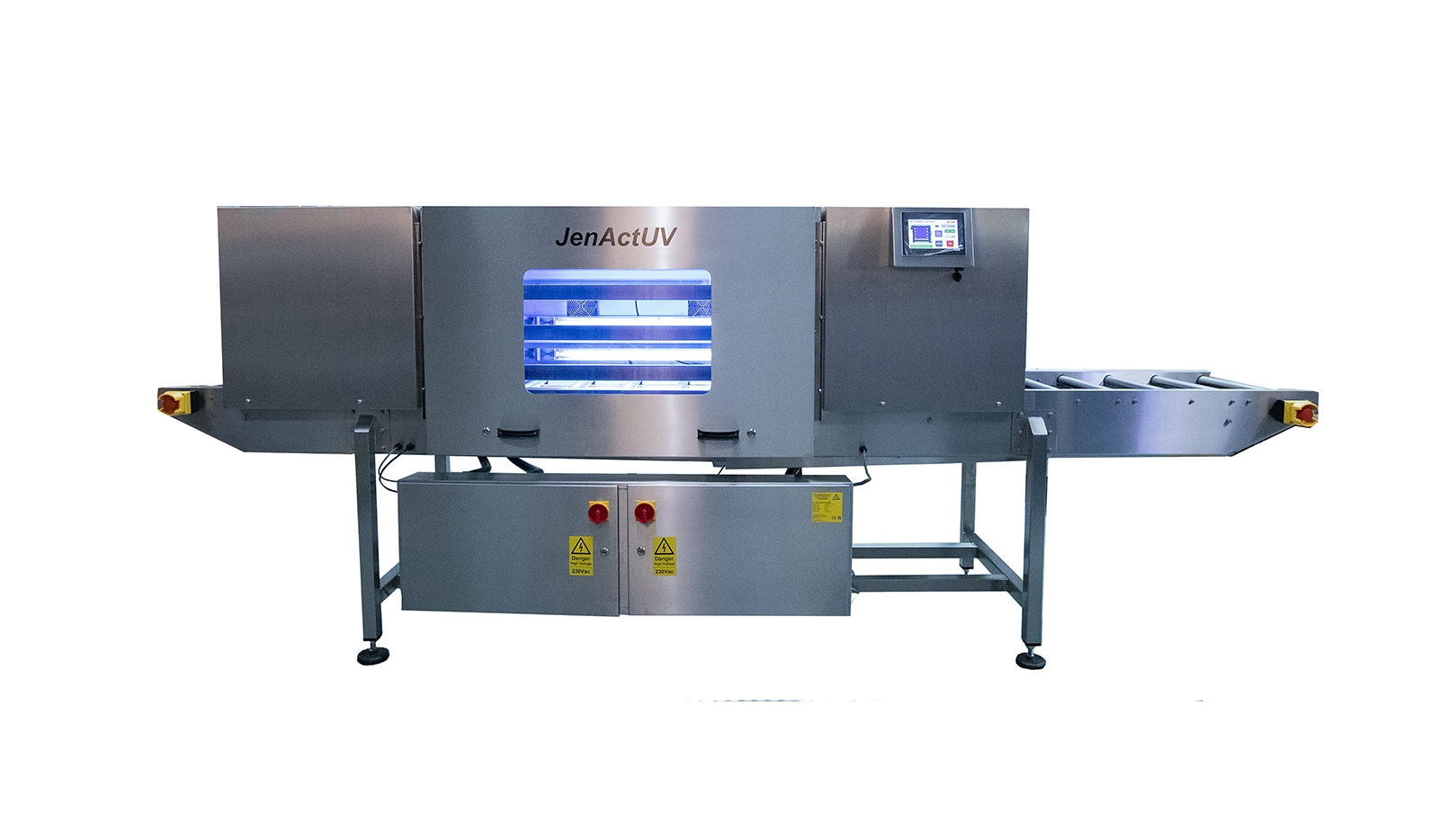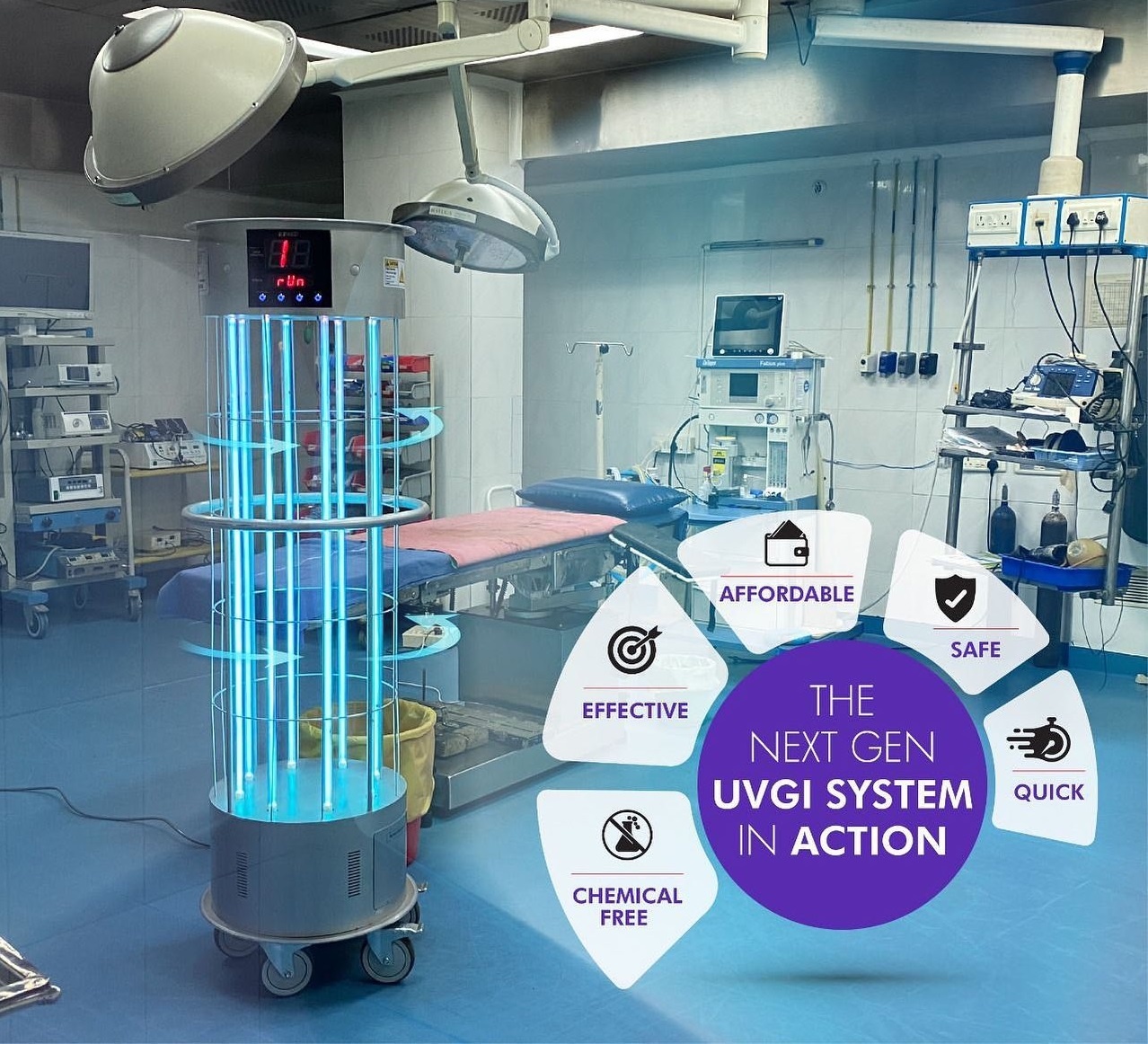Using the Prospective of UV Sanitation: Safeguarding Health and Hygiene
As the globe comes to grips with the ongoing pandemic and the consistent danger of contagious illness, the value of maintaining wellness and hygiene has actually never been more noticeable. In this context, utilizing the potential of UV sanitation becomes an encouraging option. UV disinfection, a modern technology widely made use of in different industries, has actually proven reliable in eliminating harmful virus. However, there is far more to discover behind the science of UV sanitation and its applications. From comprehending the systems at play to applying this technology in our every day lives, this discussion aims to clarify the potential of UV disinfection and its duty in protecting our wellness and health.
Comprehending UV Sanitation
UV sanitation is a very effective and widely used method for guaranteeing and getting rid of damaging microorganisms health and wellness and health. This method uses ultraviolet (UV) light to suspend microbes by harming their DNA and stopping them from duplicating. UV sanitation is specifically reliable versus germs, infections, and other bacteria that can trigger illness and infections.
The principle behind UV disinfection is simple yet effective. UV disinfection can be applied in numerous settings, consisting of water therapy plants, healthcare centers, food handling markets, and air filtration systems.
Among the advantages of UV sanitation is its ability to efficiently and efficiently get rid of a variety of virus without the requirement for chemicals or additives. Unlike other sanitation techniques, such as chlorine or ozone, UV disinfection does not introduce hazardous byproducts or chemical residues right into the setting. Additionally, UV sanitation is a non-contact process, which implies that it does not call for physical contact with the bacteria, lessening the risk of cross-contamination.
The Science Behind UV Sanitation
The efficiency of UV sanitation hinges on its capacity to disrupt the hereditary product of bacteria, rendering them not able to replicate and consequently eliminating their dangerous potential. UV, or ultraviolet, radiation is a type of electro-magnetic radiation with wavelengths much shorter than noticeable light. It is categorized into 3 kinds: UV-A, UV-B, and UV-C. UV-C radiation, particularly, has the fastest wavelength and the highest possible energy. Because it can penetrate the cell walls of bacteria and harm their DNA or RNA., this high-energy UV-C radiation is most reliable in disinfection applications.
When bacteria are revealed to UV-C radiation, the power is soaked up by their hereditary product, triggering bonds to damage and developing chain reactions that interrupt their capacity to reproduce. This prevents the microorganisms from replicating and spreading out infection. UV sanitation is particularly efficient against bacteria, viruses, and fungi, including common pathogens such as Escherichia coli, Salmonella, and Influenza.
The scientific research behind UV sanitation is supported by comprehensive research and studies. It has actually been shown that exposure to an enough dosage of UV-C radiation can accomplish a high level of disinfection, often going beyond 99.9% effectiveness in killing microbes. It is crucial to note that the performance of UV disinfection depends on numerous elements, consisting of the intensity of UV-C radiation, direct exposure time, distance from the UV source, and the susceptibility of the microbe to UV radiation (uv surface disinfection).
Applications of UV Disinfection
Offered the comprehensive study and effectiveness of UV sanitation in disrupting the hereditary material of bacteria, it is important to check out the numerous useful applications of this modern technology. UV disinfection has actually confirmed to be an important device in a vast array of industries where preserving a tidy and safe setting is vital.
One significant application of UV disinfection is in medical care setups. UV light can be used to sanitize surface areas, tools, and even the air in healthcare facilities and clinical facilities. This helps to minimize the threat of healthcare-associated infections and ensures a safer atmosphere for individuals and medical care employees.
An additional essential application is in the food and beverage market. UV sanitation is made use of to deal with water and remove harmful pathogens, such as E. coli and Salmonella, from the production process. uv surface disinfection. This makes sure the safety and security and top quality of the items we eat
UV sanitation is additionally extensively used in water therapy plants and wastewater treatment centers. It is a reliable approach for damaging unsafe microorganisms, infections, and bloodsuckers that can be existing in water sources. This helps to offer safe and clean drinking Going Here water to areas and shield the setting from air pollution.
Furthermore, UV disinfection is employed in the pharmaceutical industry to sterilize equipment and keep the stability of products. It is also used in research laboratories and study facilities to stop contamination and ensure accurate results.
Benefits of UV Sanitation Technology
One significant advantage of employing UV sanitation technology is its ability to effectively eradicate microbes without the usage of severe chemicals. This is specifically advantageous in numerous setups, such as health care facilities, water therapy plants, and food handling industries, where the presence of unsafe microorganisms poses a considerable danger to public wellness and security.
Unlike typical disinfection approaches that rely on chemicals like chlorine or ozone, UV sanitation technology makes use of ultraviolet light to target and ruin the DNA of bacteria, effectively neutralizing their capacity to duplicate and create infections. This process not just gets rid of the demand for possibly harmful chemicals yet also decreases the danger of chemical deposit or results continuing to be in the treated setting.

Furthermore, UV disinfection innovation is eco pleasant. As it does not depend on making use of chemicals, it removes the need for their production, transportation, and disposal, lowering the total carbon impact connected with sanitation procedures. In addition, UV sanitation systems have a longer life-span contrasted to chemical-based approaches, causing much less constant substitute and more lowering waste.
Applying UV Sanitation in Day-to-day Live
To properly apply UV sanitation in every day life, organizations and individuals can incorporate mobile UV disinfecting tools right into their hygiene routines and cleaning techniques. These tools are designed to release ultraviolet light, which has actually been shown to kill or suspend a variety of microbes, consisting of infections, germs, and fungi. By making use of portable UV sterilizing devices, people can decontaminate typically touched surface areas and objects, such as cellular phone, tricks, doorknobs, and laptops, lowering the risk of spreading out germs and infections.
In enhancement to integrating mobile UV sanitizing tools, it is very important to adhere to proper standards and recommendations for reliable UV disinfection. This consists of making certain that the gadget is made use of correctly and for the advised duration to accomplish optimal sanitation results. It is likewise essential to focus on precaution, such as putting on protective eyeglasses and staying clear of direct exposure of the UV light to the skin.

Additionally, organizations can implement UV sanitation innovation in various settings to boost health practices. Health centers and find out health care facilities can make use of UV sanitation robotics to sanitize individual rooms, operating movie theaters, and other high-touch locations. Food processing sectors can integrate UV sanitation systems into their production lines to improve food security and prevent contamination.
Verdict
In final thought, UV sanitation innovation holds fantastic possible in protecting wellness and hygiene. By using the power of ultraviolet light, it successfully eliminates dangerous bacteria and lowers the risk of infections. This modern technology can be applied in different setups, such as medical facilities, water therapy centers, and public spaces, supplying a reliable and risk-free approach of disinfection. With its various benefits, UV sanitation is an important device for keeping a healthy and balanced and tidy setting.
Unlike various other disinfection methods, such as chlorine or ozone, UV disinfection does not present damaging by-products or chemical residues into the atmosphere. It is crucial to keep in mind that the performance of UV sanitation depends on various factors, including the intensity of UV-C radiation, exposure time, distance from the UV source, and the susceptibility of the microorganism to UV radiation.
Another advantage of UV useful link disinfection technology is its ability to provide constant and fast disinfection. Unlike manual cleaning approaches, which can be taxing and call for substantial labor, UV sanitation systems can be automated and operate constantly, guaranteeing consistent disinfection without human intervention.To efficiently implement UV sanitation in day-to-day life, people and organizations can include portable UV sanitizing devices right into their health routines and cleaning up methods.